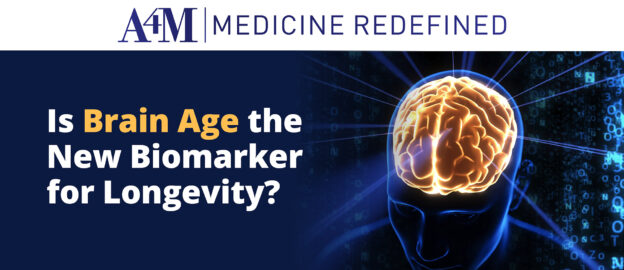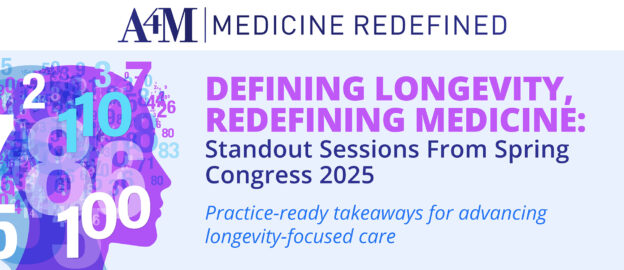Practice-ready takeaways for advancing longevity-focused care.
Over 3,000 disruptive practitioners gathered in West Palm Beach last month, united by the goal of defining the standard for evidence-based, ethical, and effective longevity medicine. Focused on the future of aging care, A4M’s 33rd Annual Spring Congress provided a platform to advance how longevity medicine is practiced and applied in today’s clinical environments.
Across two action-packed days, sessions focused on what the industry demands now: sharper diagnostics, more individualized protocols, and faster translation of insight into action.
Between April 25-26, this signature A4M event showcased 100+ expert-led sessions, spanning hormone health, cognition, nutrition, precision diagnostics, sexual health, and more — all explored through the lens of innovative patient-centered care. From AI-driven stress management tools to hormonal mapping techniques for optimizing metabolic health, a panel of 50+ longevity leaders provided evidence-based protocols and practical solutions clinicians can implement immediately in their practice.
The medical momentum was palpable. Across every room, a shared understanding emerged: longevity medicine is no longer a niche; it’s at the core of how care is defined and delivered. The following takeaways reflect that shift – sessions that challenged assumptions, raised critical questions, and sparked real-time clinical changes.
Continue reading →



